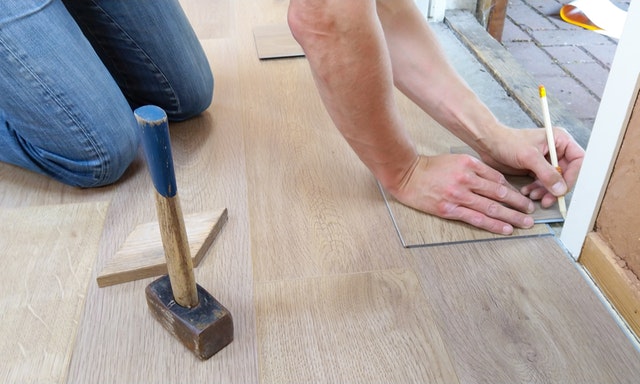Small spaces can be converted to homes by companies like uniteddwelling.com. However, unless an experienced professional did the work with accessibility in mind, most smaller homes are not designed for accessibility. Tight corners, cabinets to the ceiling, and sunken tubs are all beautiful and attractive features, but they can pose problems to individuals with mobility concerns. Whether you are being proactive about aging concerns or you have an immediate need to increase accessibility, certain changes have a bigger impact than others.
1. Remodeling the Bathroom
There is so much you can do in a bathroom to make it more accessible. Start by adding grab bars and assistive devices for a quick solution to limited mobility. Walk in tubs are also great additions, and you can visit sites such as https://thinkbordner.com/kansas-city-walk-in-tubs/ to browse tubs. Removing vanities so that a wheelchair or seat can go in front of the sink, lowering countertops, and installing a roll in shower are all great ideas for a bigger project.
2. Updating the Flooring
Not all flooring options are good for wheelchair or walker traffic. Area rugs can be a serious safety hazard, and wheels don’t travel well through thicker pile carpeting. At the same time, very slippery floors can lead to excessive speed, slipping, and accidents. Try to find flooring that offers a middle-of-the-road compromise. it should be slip-resistant and durable enough to handle the weight of a heavy wheelchair rolling over it on a regular basis. There are guidelines for flooring that meets ADA regulations that can be a helpful guideline as you update the floors in your home.
3. Adding Outlets and Switches
Take a look around your home and make a note of where all the outlets and switches are located. Now, try to imagine using them when seated in a wheelchair. Most switches could be lowered about a foot or two to make them more accessible. If you don’t want to move the wiring or cut into the walls, this might be accomplished by adding an adapter designed to make them easier for kids to reach. Outlets near the floor or above counters pose problems, too. Use power strips where possible to make them easier to reach.
4. Rearranging the Kitchen
If you enjoy spending time in the kitchen, then you ‘ll want to focus on this space as well. Moving items to lower cabinets, using drawers that can pull out to make things easier to reach, and adding an accessible sink are all great options. If your budget allows, consider a full remodel that moves work surfaces and cooking appliances to a comfortable and safe height.
Even the least accessible home can be modified to fit your current mobility needs. Start by making changes that affect important daily tasks and safety concerns, and then work up to convenience features to help maximize the impact of any renovations you perform.
